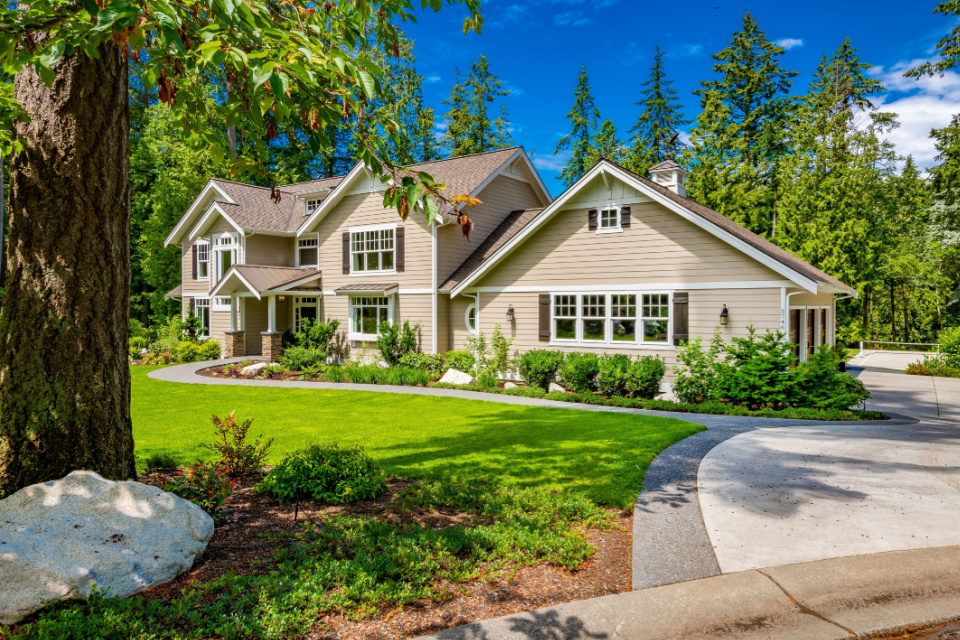
The Top Design Trends For 2022
03/11/2022
Can Your Roof Handle Solar?
04/21/2022A sustainable renovation enables consumers to responsibly reduce their carbon footprint and unnecessary resource consumption. Moreover, it directly addresses the long-term costs of electricity and water consumption, and the short-term costs of renovation spend. Why spend an inordinate of money on building a home from scratch when you could invest in a sustainable renovation with much less material and financial input?
In this blog, we’re exploring four renovation practices that anyone can adopt to achieve a sustainable home.
Be Specific
Once a renovation begins, it’s hard to turn back the clock. Therefore, it is crucial to establish the specific areas and features of your home that need reworking or refurbishment early on.
Focusing your renovation efforts on the identified areas that matter the most reduces the number of unnecessary inputs such as wood, glass, or cement. Moreover, by being concise, you can effectively manage your renovation outlays without exceeding your budget. It’s a win-win for the environment, and for your wallet!
Lighting Is Key
Embrace natural lighting through innovative, renovation techniques. The inclusion of floor-to-ceiling windows and skylights will generally channel more than enough light to illuminate your living space.
But what happens once dusk kicks in? Replace any filament bulbs in your household with LED bulbs. Comparatively, LED bulbs consume a fraction of the electricity that filament bulbs do, with a lifespan five times longer. The sustainable integration of both passive and active lighting solutions strongly reduces the amount of electricity being consumed.
Upcycling
Consider how you could reappropriate any existing furniture pieces to serve a different purpose. An old bookshelf could be repurposed to serve as a television rack, or shelving in the kitchen; the options are only as limited as your imagination! Websites such as Pinterest offer users a smattering of DIY inspirations.
Alternatively, it’s possible to purchase upcycled materials from a reputable company. One such example is purchasing reclaimed, pre-aged hardwood to be used as flooring. The added benefit of reclaimed woods is their pre-aged resistance to warping and natural patina. Either way, upcycling presents an innovative opportunity to generate new value from undesired products.
Low-Flow Appliances
Low-flow fixtures and appliances such as shower heads, sinks and toilets, can reduce water consumption significantly. For example, a pre-1990s toilet bowl consumes approximately 13 litres of water per plush, while a modern toilet bowl consumes 6 litres in a full flush, and 3 litres on a half flush. The amount of water saved is staggering.
In Australia, appliances are ranked according to the Water Efficiency and Labelling and Standards (WELS) system, with one star being the least efficient, and five stars being the most efficient. This nationally accepted ranking system allows you to easily identify the best water-saving appliances.
Inspired by these sustainable practices? At Toto Properties, we have years of sustainable renovation experience. If you’re looking to work with a sustainable builder on an upcoming renovation in Melbourne, get in touch with the team at Toto Properties.




